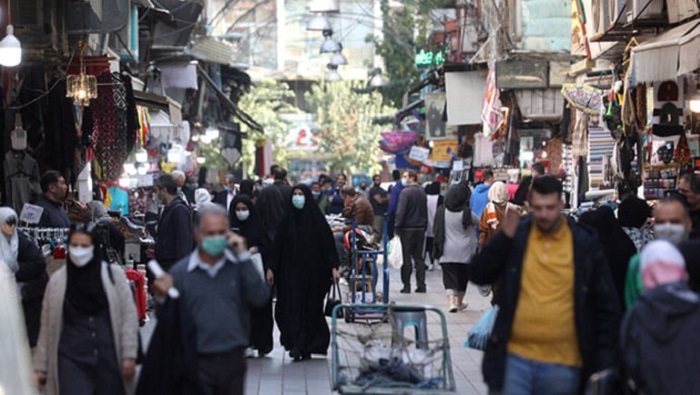
In the spotlight of the Iranian state media, President Ebrahim Raisi’s government is celebrating the proposed “Seventh Development Plan”.
In the spotlight of the Iranian state media, President Ebrahim Raisi’s government is celebrating the proposed “Seventh Development Plan”. Touted as a solution for Iran’s economic turmoil, skeptics question its viability, considering the failure of the previous six iterations.
On May 21, the head of the Planning and Budget Organization unveiled the Seventh Development Plan, earning praise from the regime’s Supreme Leader Ali Khamenei and his adherents in the parliament, reports the state-run Fars News Agency.
Originating post the Iran-Iraq war in 1988, these development plans have been a nearly quadrennial occurrence, ostensibly aimed at rectifying the country’s economic woes. Critics argue that these are merely smoke screens for the Revolutionary Guards’ (IRGC) illicit financial transactions and misappropriation of national wealth.
Iran’s economic crisis worsens every day, despite its rich resources. Authorities’ self-boasting rhetoric prevents them from admitting that they are overwhelmed by economic pressures and face an explosive society.#IranRevoIution https://t.co/hvqGmZ1RNY
— NCRI-FAC (@iran_policy) April 10, 2023
Sharq newspaper, another state-run media outlet, lamented in January that the country’s real issues, such as delayed employee salaries, won’t be solved by consecutive plans, but need definitive actions from the ruling regime.
The latest plan pushes for privatization of major industries, but it’s a widely accepted fact that Iran’s so-called private sector is largely dominated by the IRGC’s front companies, involved in money laundering for what is deemed the world’s most significant terrorist group.
State-run Setar-e Sobh newspaper in January criticized the regime’s role as a private contractor, arguing that it is promoting corruption and limiting transparency by placing semi-governmental institutions in control. Further skepticism arises from the plan’s unrealistic figures and statistics, which are in stark contrast to the current state of Iran’s economy.
“The program is an illusion, a concoction of appealing elements and statements that cannot be actualized,” wrote Ham-Mihan newspaper on May 22. Etemad daily on the same day critiqued the economy’s lack of priority status, relegating written programs to insignificance and impeding any prospects of prosperity.
Historically, Iran had opportunities to rectify its economic issues, notably during Mahmoud Ahmadinejad’s presidency when it amassed $900 billion from oil revenues. However, the majority of these funds were wasted on terrorist activities, weapons of mass destruction, and importing goods, leading to a spike in unemployment, liquidity, inflation, and decreased national production.
This economic mismanagement mirrors Iran’s situation in 1973 under the Shah’s regime, following the Arab-Israeli War. Despite the surge in oil revenue, the nation grappled with similar economic troubles due to prioritization of military spending and imports.
Watch and judge why the #Iranian regime’s MPs have become alarmists about an #EconomicCrisis pic.twitter.com/xVoIWuhgGy
— NCRI-FAC (@iran_policy) February 25, 2023
The current Iranian theocracy, like its predecessors, appears oblivious to the people’s suffering. Despite soaring inflation and minimal production, the focus remains on unattainable plans and further exploitation of national wealth. This disregard fuels the Iranian people’s chant during nationwide uprisings, “Poverty, corruption, high prices, we continue until regime change.”
MEK Iran (follow us on Twitter and Facebook), Maryam Rajavi’s on her site, Twitter & Facebook, NCRI (Twitter & Facebook), and People’s Mojahedin Organization of Iran – MEK IRAN – YouTu

